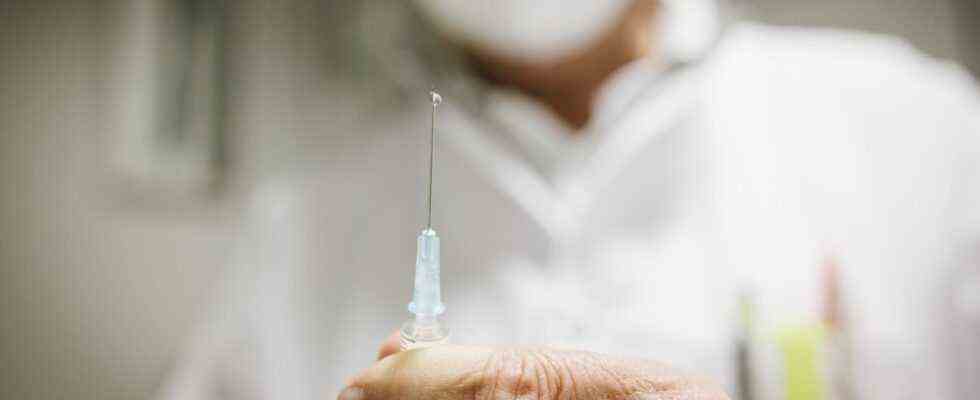So much is repeated in this pandemic that still holds the country tightly under control – and some things sound like a staircase joke of history. “English virus mutation alarms district administrator” was the headline on February 4th Southgerman newspaper in the district. First Oberhaching’s mayor Stefan Schelle (CSU) reports that there is a suspected case of a corona infection with the British alpha variant in his community, shortly afterwards District Administrator Christoph Göbel (CSU) confirms that there are three suspected cases in the entire district. Alpha? Sounds like a long-forgotten chapter of this pandemic nightmare that returns more than eleven months later under the name “Omikron”.
As the new year begins, the Danish royal family reports that Queen Margaret II has just been vaccinated against the coronavirus. Mobile vaccination teams have been on the road in the district for five days to immunize residents in old people’s and nursing homes. While employees of the building yards clean the streets of the few remains of New Year’s fireworks, which were actually forbidden, the Robert Koch Institute calculates a seven-day incidence of a little more than 160 for the district on New Year’s Day, which is roughly the Bavarian average . And the country is still winter-proof in lockdown.
In the most populous district of the Free State, many developments are reflected like in a magnifying glass. This is the case with election results – and of course with this pandemic too.
As early as January, the number of infections in the district began to drop continuously, albeit at a high level. But the good news prevails at this time. At the beginning of February, for example, the head of the Lore Malsch House in Hohenbrunn, Jan Steinbach, reported that his retirement and nursing home had been vaccinated. Hairdressers are allowed to reopen on March 1st, and flower shops, hardware stores and gardeners can also reopen. In the district of Munich, where the incidence at this time was below 100, music can be played again in instrumental and vocal lessons – and schools are also reopening with alternating lessons.
At the beginning of May, the Johanniter vaccination center in Oberhaching was on fire.
(Photo: Claus Schunk)
What is missing at this time, however, is sufficient vaccine to meet the demand for immunizations. That did not change in April either, when the general practitioners joined the vaccination campaign and were almost overrun by those willing to vaccinate; Doctors such as the Unterschleissheim family doctor Friedrich Kiener are vehemently criticizing the bumpy vaccine supply of the then still black and red federal government. At the beginning of May the vaccination center in Oberhaching burned out, but the Johanniter who run the center managed to get the sports school back up and running within a few hours.
Besides the resident doctors, it is above all the volunteers and employees of the emergency services – the Johanniter, Maltese and the Red Cross – who play a major role in ensuring that the vaccination campaign then picks up speed, also because the prioritization is no longer applicable in May. What follows is a significant boost in immunizations, an end to nearly all restrictions, and a summer when things return to normal.
The decision of the state government in October to close three of the four vaccination centers in the district – only the one in Haar will remain in place for the time being – is all the more incomprehensible. A decision that will be reversed by the state government at the beginning of December: The Free State agrees to finance the operation of two additional vaccination centers in Oberhaching and Unterschleißheim again. And that is urgently needed in view of the infection situation, which has been worsening since October. On December 13th, the district office reports the first suspected case – on Omikron.

